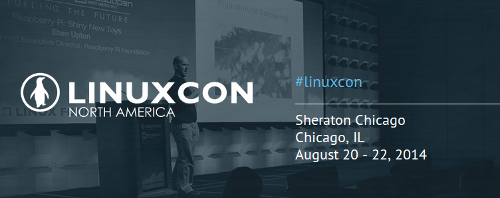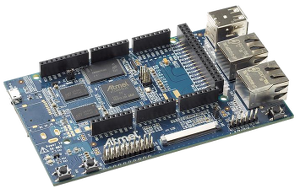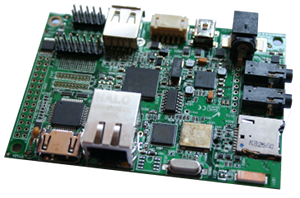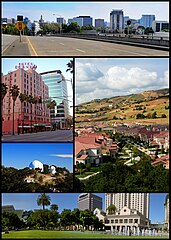The LinuxCon North America conference was held a few days ago in Chicago.
A number of slides from the conference have been published. While the conference is a general purpose Linux conference, there were quite a few talks discussed kernel or low-level related topics that may be of interest to embedded Linux developers. Amongst them, we noted:
- Ever Growing CPU States: Context Swith with Less Memory and Better Performance
- Raspberry Pi Hacks and Projects
- Linux Performance Tools
- An Overview of Kernel Lock Improvements
- Compressing strings of the kernel
- Make your own usb gadget
- Kernel features for reducing power consumption on embedded devices
- Getting More Out Of System Suspend In Linux
- Linux Kernel Power Management (PM) Framework for ARM 64-bit processors
- RAS Enhancement Activities for Mission-critical Linux Systems
- Kpatch without Stop Machine
- Why you should consider using btrfs, real COW snapshots and file level incremental server OS upgrades like Google does.
- Testing Video4Linux Applications and Drivers
Not all the slides have been posted yet, so be sure to check the slides page regularly for updates!





 It is organized by our partners
It is organized by our partners 
